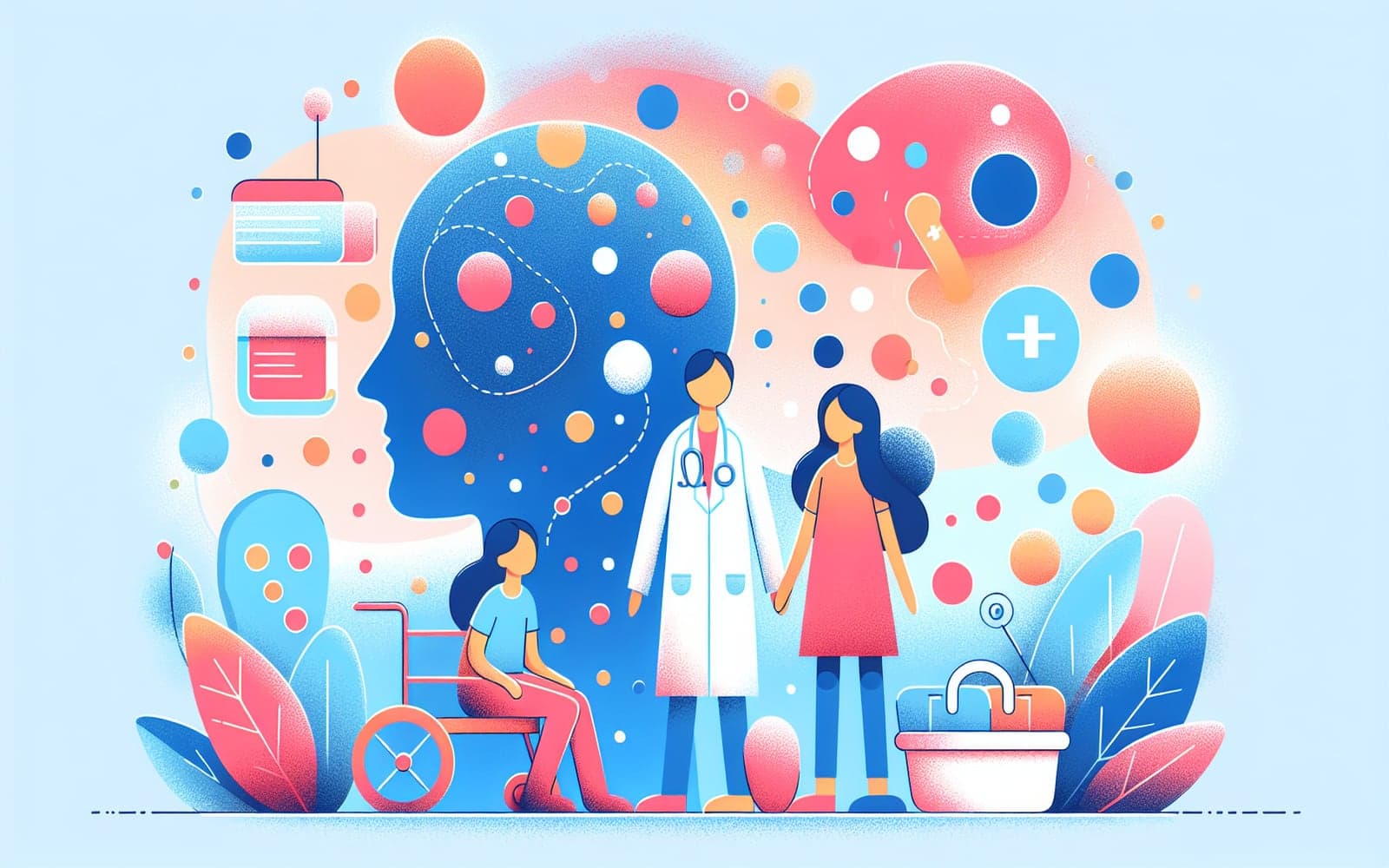Is Your Child's Acne More Than Just a Phase?
Published: Mar 27, 2024
Acne isn't just for teenagers. It can affect infants, young children, and preteens too. Understanding the different types of childhood acne is crucial for proper treatment and care.
Contents
Baby Breakouts: Infantile Acne
Infantile acne typically appears between 6 and 16 months of age, lasting up to two years. It's often caused by temporary hormonal imbalances. You'll notice small pimples and blackheads, mainly on your baby's cheeks. While it usually clears up on its own, some cases may require treatment to prevent scarring.
Mid-Childhood Acne: A Red Flag?
Acne in children aged 1 to 7 is less common and may signal an underlying issue. It's often linked to premature adrenarche, where the body produces androgens (male hormones) earlier than usual. If your young child develops acne, it's important to consult a pediatrician or dermatologist for proper evaluation.

Preteen Pimples: The Early Bird Breakout
Preadolescent acne affects children aged 7 to 12, often heralding the start of puberty. It typically appears as blackheads and whiteheads in the T-zone (forehead, nose, and chin). While it's a normal part of development, early treatment can prevent more severe acne later on.
When to Worry: Red Flags for Childhood Acne
While most childhood acne is harmless, certain signs warrant medical attention. These include acne in children under 1 or over 7, severe or scarring acne, and acne accompanied by other signs of early puberty. In these cases, your child may need to see a pediatric endocrinologist to rule out underlying hormonal issues.
Frequently Asked Questions
Yes, infantile acne can occur between 6-16 months of age.
It's less common than teen acne, affecting about 4.8% of preadolescents.
Often yes, to prevent scarring and more severe acne later.
In some cases, it may signal hormonal imbalances or early puberty.
If it's severe, starts very early, or is accompanied by other symptoms.
The Bottom Line
Childhood acne, while often harmless, can sometimes signal underlying issues, so it's important to monitor and seek professional advice when needed.
References
- Eichenfield LF, Krakowski AC, Piggott C, et al. Evidence-based recommendations for the diagnosis and treatment of pediatric acne. Pediatrics 2013; 131 Suppl 3:S163.
- Bree AF, Siegfried EC. Acne vulgaris in preadolescent children: recommendations for evaluation. Pediatr Dermatol 2014; 31:27.
- Davis SA, Sandoval LF, Gustafson CJ, et al. Treatment of preadolescent acne in the United States: an analysis of nationally representative data. Pediatr Dermatol 2013; 30:689.
This article has been reviewed for accuracy by one of the licensed medical doctors working for Doctronic. Always discuss health information with your healthcare provider.
AI Doctor Visit Required
Appointments available 24/7
15-min consultation. No hidden costs.
AI Doctor Visit Required
For safety reasons we have been forced to end this consultation.
If you believe this is a medical emergency please call 911 or your local emergency services immediately.
If you are experiencing emotional distress, please call the the Suicide & Crisis Lifeline at 988 or your local crisis services immediately.
Contact us
You can also email us at help@doctronic.ai
We aim to reply within 5-7 days
How likely are you to recommend Doctronic to friends or family?


